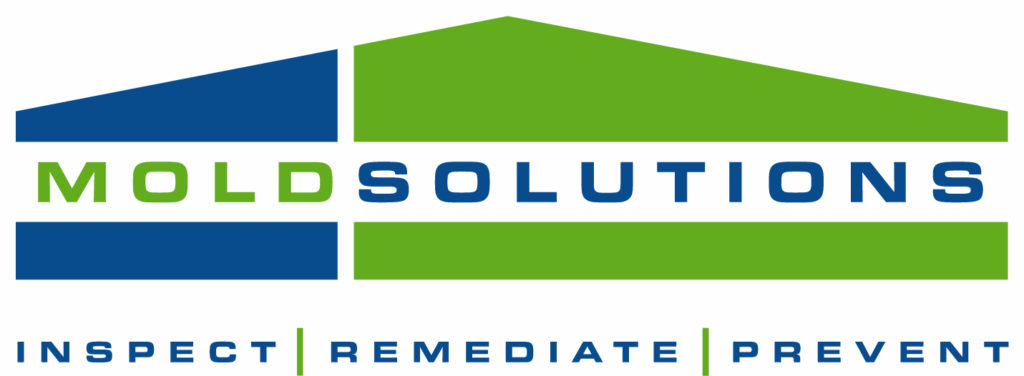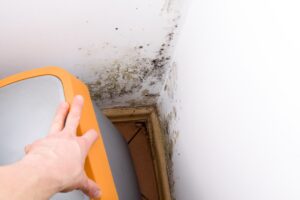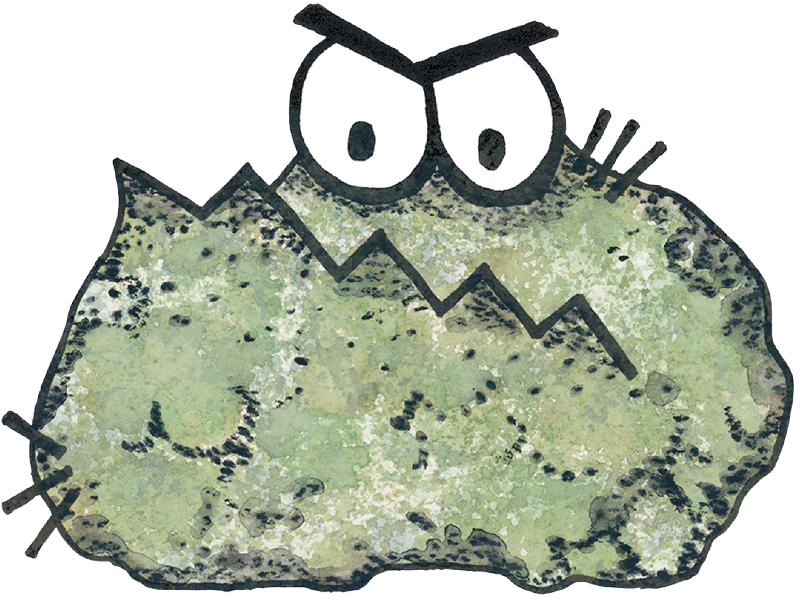You find peace and comfort in your home, but if you notice an unpleasant odor or discoloration of walls, that comfort fades fast once you realize you have mold in your home.
Mold can grow anywhere: in the attic, in your bedroom, and even in the kitchen. We tend to panic when we discover it in the kitchen because it’s the heart of the home.
When mold is discovered, you want to quickly identify the source of the moisture and properly remove it.
Because you want to have a quick solution, naturally, you would grab cleaning solutions you think are most effective. There are commercially available cleaning solutions such as disinfectants, liquid or powdered bleach, or even vinegar.
Using bleach is a common practice in many households. Most people use it to whiten their clothes without realizing it has corrosive properties.
Many cleaning solutions are known to be hazardous and are closely monitored by regulatory authorities because these can cause health-related issues.
You know these chemicals are harmful because you need to wear gloves or a face mask while using them in your routine cleaning. You have read the precautions on the label of these cleaning solutions.
There are times when you may even be reluctant to use them, but because of the urgency of the situation, you want to remove the mold quickly.
Do Not Mix Products Together
People tend to think stronger chemicals will do a better job and often consider mixing cleaning solutions together.
Never do this!
When you mix bleach with vinegar, it can create a toxic chlorine gas, putting yourself and your family at risk.
You are now exposed, not only to mold spores but to toxic gas!
Only use products as directed on their labels.
There are far better safe and effective alternatives for mold removal in your home.
Practical and Natural Ways for Effective Mold Removal
The use of soap and water is the safest way to remove mold and mildew. You can also try vinegar because of its natural acidic properties which are known for killing mold. Spray vinegar on the affected area and allow to soak for a few minutes, before rinsing with water to gradually lessen the smell.
You can repeat this process if needed until the mold is gone.
Alternatively, you can wear protective gear and apply a diluted cleaning solution of hydrogen peroxide and water. Mix the water and hydrogen peroxide in a spray bottle and soak the area where mold is growing. Scrub the area thoroughly to eradicate the mold stains and finish by wiping clean with soap and water.
These methods are especially effective for mold on hard, non-porous surfaces. Specifically, these are the recommended methods for cleaning sinks, toilets, showers, and bathtubs.
If you have mold on natural, porous materials such as drywall, paneling, or structural lumber, a DIY process may not work—or be safe for your family.
Remember, self-cleaning is safest when your mold problem is small and isolated to hard, non-porous surfaces. It’s always wise to let mold experts handle more complex mold problems.
Want to know more about our products and services?
Call us and we will be happy to discuss a solution to your mold problem.








